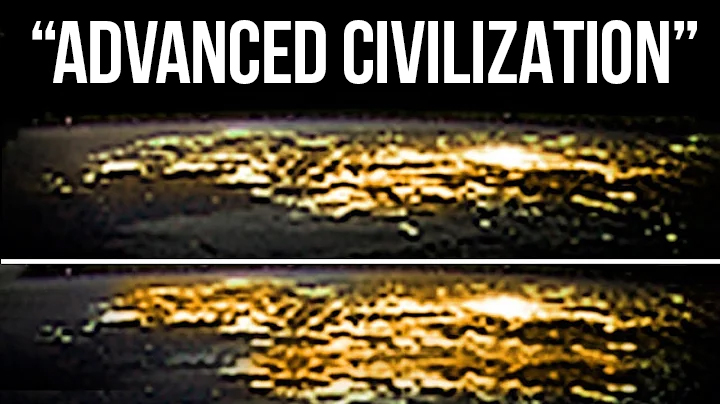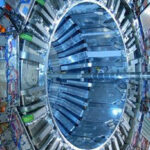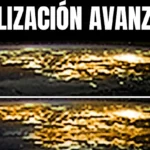The James Webb Telescope has captured urban lights 7 trillion km from Earth, a discovery that could indicate the existence of distant civilizations.
The recent announcement that the James Webb Space Telescope has captured city lights at a staggering distance of 7 trillion kilometres from Earth has left scientists and space enthusiasts alike speechless. This monumental achievement opens a window into the farthest reaches of the universe, revealing the presence of distant civilisations or even previously unknown cosmic phenomena.
A Milestone in Space Exploration
The James Webb Telescope’s ability to reach such distances and detect such faint light phenomena represents an unprecedented milestone in space exploration. This discovery not only expands our understanding of the universe, but also invites us to reflect on our place in it and on the possibilities of life beyond our own solar system. This is undoubtedly an exciting moment in the history of astronomy, which promises to reveal even more secrets of the vast reaches of the cosmos.
The Technology Behind the James Webb
To understand the magnitude of this discovery, it is crucial to understand the technology that enables the James Webb Telescope to make such detailed observations. Equipped with a 6.5-meter-diameter primary mirror and multiple advanced scientific instruments, the James Webb is designed to collect infrared light with unparalleled sensitivity. This capability allows it to observe objects and phenomena that other telescopes cannot detect.
What are Captured Urban Lights?
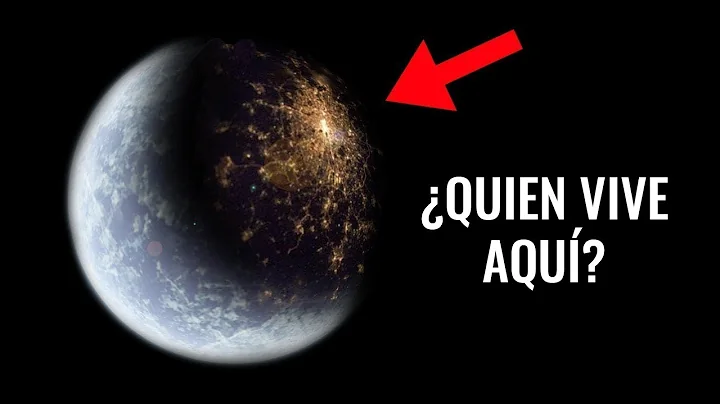
The urban lights detected at this incredible distance raise a number of fascinating questions: What kind of civilization could generate such a glow in such a distant corner of the cosmos? Is it a sign of an advanced society, or is it the result of some extraordinary natural phenomenon? These questions stimulate human imagination and curiosity, driving scientists to further investigate this mysterious find.
Hypothesis on Urban Lights
-
- Advanced Civilization : One of the most exciting hypotheses is that these lights could be evidence of an advanced civilization . If this is the case, what technologies and life forms could they be using to generate such a glow that is visible at such an extreme distance?
- Natural Phenomenon : Another possibility is that the lights are the result of a natural phenomenon, such as a particular star emitting light in an unusual way, or perhaps a series of cosmic phenomena that align to produce this glow.
- Observational Artifacts : Although less exciting, there is also the possibility that the lights are simply an observational artifact, caused by some error in the data or a quirk of the telescope optics.
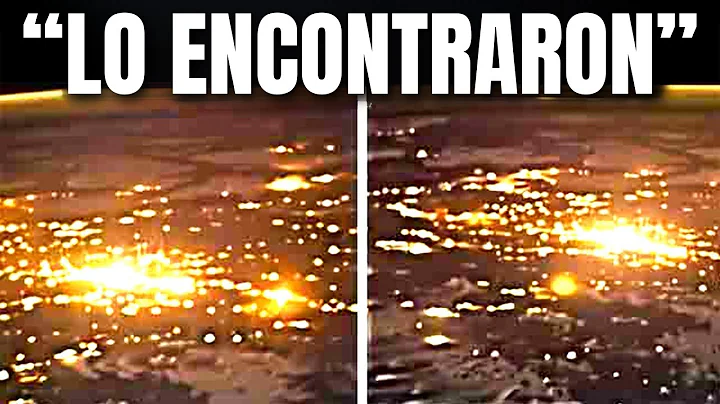
Implications of the Discovery
This discovery has profound implications not only for astronomy, but also for our understanding of life and the universe. If the lights turn out to be of artificial origin, it could mean that we are not alone in the cosmos and that other advanced civilizations exist. Even if it is a natural phenomenon, the fact that we can detect and study it from so far away is a testament to the power of modern science and technology.
Reflections on Our Place in the Universe
The detection of these urban lights also invites us to reflect on our own planet and our civilization. What legacy are we leaving behind as a species? Could our own technological advances one day be visible to other civilizations in distant corners of the universe? These philosophical questions add an extra dimension to the discovery, making us think not only about the far reaches of the cosmos, but also about our role within it.
The Future of Space Exploration
This find is just the beginning of what promises to be a new era of space discovery. With the James Webb Telescope now fully operational, scientists hope to make many more observations that challenge our understanding of the universe. Whether through detecting new exoplanets, observing unusual cosmic phenomena, or searching for signs of extraterrestrial life, the future of space exploration looks incredibly promising.
Next Steps in the Investigation
The next steps in the investigation will include a detailed analysis of the detected urban lights, using all the available resources of the James Webb Telescope. Scientists also plan to compare this data with observations from other telescopes and conduct complementary studies to determine the exact nature of the lights. This process may take time, but each discovery will bring us one step closer to unraveling the mysteries of the universe.
Conclusion
The announcement that the James Webb Space Telescope has captured urban lights 7 trillion kilometers from Earth is a groundbreaking discovery that opens new doors in space exploration. Whether these lights are the sign of an advanced civilization or an extraordinary natural phenomenon, what is clear is that the universe still has many secrets to reveal. This is an exciting time for science and astronomy, and we can’t wait to see what other mysteries the James Webb Telescope will uncover in the future.

